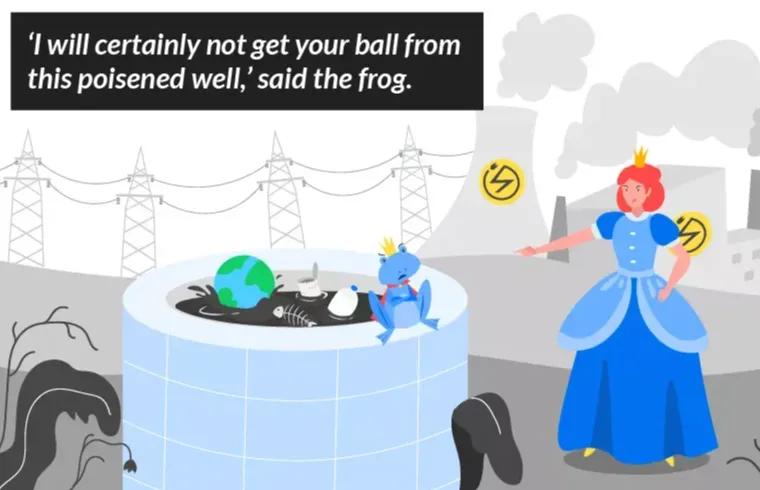Once upon a time…electric cars were bad for the environment!
Electric cars purchased in Germany today emit significantly less CO2 than conventional cars over their several-year life. However, the production of electric cars initially generates significantly more greenhouse gases than combustion engine vehicles, since additional energy is required for the production of the battery cells and the extraction of the basic materials. The electric car must first compensate for this climate disadvantage. Which, according to several studies, it is already doing today.
Constantly improving the climate balance
According to the ifeu - Institute for Energy and Environmental Research Heidelberg, electric cars have a better greenhouse gas balance than combustion engines in all of several different usage scenarios, in some cases even after only a few tens of thousands of kilometres and after 150,000 kilometres at the latest in the worst case. A study by the Research Centre for Energy Economics certifies that an electric car with a 30 kWh battery has a better energy balance than a comparable petrol car after a distance of just under 50,000 km.
The climate balance is even improving steadily - as the expansion of renewable energy sources continues. Calculations by the Federal Environment Agency show: An electric car that is newly registered in 2025 will cause 32 percent less CO2 emissions over its life cycle than a modern diesel. Compared with a petrol car, the figure is even 40 percent.
Complete climate neutrality is possible
If only renewable energies are used in the production and charging process, it is possible that electric cars can even achieve complete climate neutrality – unthinkable for vehicles powered by fossil fuels, which emit around 100 grams of CO2 every kilometer while driving. Tesla, for example, claims that its Gigafactory already produces most of its batteries using renewable energies, while Volkswagen and Mercedes-Benz also produce CO2-neutral electric cars in their plants. Many other manufacturers have already announced their intention to catch up.
Fewer pollutants, less pollution
Air quality measuring stations on busy roads sometimes show that the limit values for nitrogen oxides and particulate matter are clearly exceeded. Above all, residents, pedestrians and cyclists suffer from this. But also people sitting in their cars are affected by the bad ambient air due to the outside air supply.
Electric cars, on the other hand, have no exhaust. They are locally emission-free on the road, apart from fine dust emissions from tire and brake abrasion, which all vehicles cause. With electric cars, however, brake abrasion is much less than with internal combustion engines because the electric motor brakes along with the car when it decelerates. This energy is used to recharge the battery (recuperation). This also protects the electric car's brakes, which is why they wear less. So, where pollutants are largely responsible for harmful air pollution, i.e. in busy inner-city areas, electric cars are a big plus. They help to improve air quality. All in all, electric cars can reduce the fine dust pollution of road traffic by about 40 percent. That amounts to ten percent of total particulate emissions.
It is true that air pollutants are also produced during the production of the traction current, a good 40 percent of which is currently attributable to fossil fuels. However, this does not result in particularly high particulate matter or nitrogen oxide emissions, as coal-fired power plants have modern exhaust gas purification technology.
